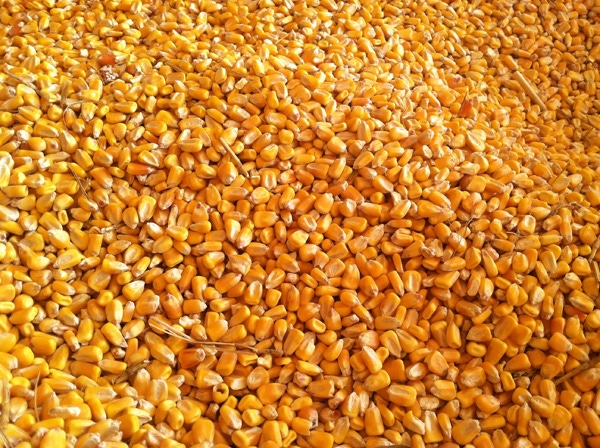January 13, 2012

Increases in world grain stocks and estimated 2011 total corn yields surprised grain markets expecting decreases – especially in corn. For the sixth consecutive year, at least one of the "big three" agricultural commodities made a limit move in the futures market following release of the January Crop Production and Stocks reports from the USDA on Thursday (Jan. 12).
USDA's National Agricultural Statistics Service released the annual crop production summary along with the January grain stocks and winter wheat seeding reports before the open of futures trading Thursday morning. Both the March and July 2012 corn contracts opened limit down, 40¢ lower than the previous day's close.
"The biggest surprises were the corn production and stocks reports, both of which were higher than expected," says Purdue University Extension Agricultural Economist Chris Hurt. "There was a lot of anticipation that both stocks and production would be down."
Ohio State University Extension agricultural economist Matt Roberts pointed to bearish information for corn traders in both the production and stocks numbers as well as bearish export figures in the weekly export sales report as leading reasons why the market reacted so strongly at the opening bell.
Estimated corn yields increased from 146.7 bu./acre in the Nov. 1 report to 147.2 bu. in Thursday's report. The increase of 0.5 bu./acre represented a total increase in U.S. production of 48 million bushels.
Soybean markets also opened lower on bearish information in the January USDA reports, combined with South American weather reports.
Yield increased by 0.2 bu./acre, but acreage was slightly lower for a net increase in production of 10 million bushels, Roberts notes. Domestic crushing was reduced by 10 million bushels, and exports were reduced by 25 million bushels to increase ending inventories by a total of 45 million bushels.
"That is a much, much larger increase than expected," Roberts says.
He said the inventory increase, combined with recent rains in Argentina, suggests the soybean market should turn "very bearish."
USDA reported a much higher planted wheat acreage than traders had expected, reporting an increase of 3%. Traders expected an increase of about 0.7%.
Roberts says the additional acres, coupled with a strong inventory figure, provided additional bearish sentiment to the wheat market.
"Global wheat projected ending stocks are 210 million metric tons, the largest on record," he said. "This has kept pressure on corn prices, even with tight U.S. supplies. The large global availability of wheat this year has been the biggest difference between 2011-2012 and 2007-2008 as far as global prices."
Additionally, Roberts noted that feed usage of wheat was again lowered in the USDA data, continuing to confound trade expectations.
"There is wide consensus that feed use was significantly higher this year," he says.
Hurt says the grain markets are likely to keep a close eye on the weather and yields in South American countries where growing seasons are opposite what they are in the U.S. Hot and dry weather already has reduced yield potential in Argentina, so markets will be watching South American weather and ultimate crop yields in the coming weeks for signs of further stress.
As spring approaches, markets will shift their focus to U.S. weather. With fairly normal weather in the U.S., corn growers could produce a record 14 billion bushels of corn – nearly 1 billion bushels higher than the previous record.
"This report suggests that with normal weather, we will see some grain price moderation over the next three years," Hurt says. "Demand for grains is still increasing, but it's increasing at a slower rate, so the supply has a chance to catch up. This is a condition where grain inventories may rise and prices moderate from the high prices received from the 2011 corn, soybean and wheat crops."
You May Also Like




